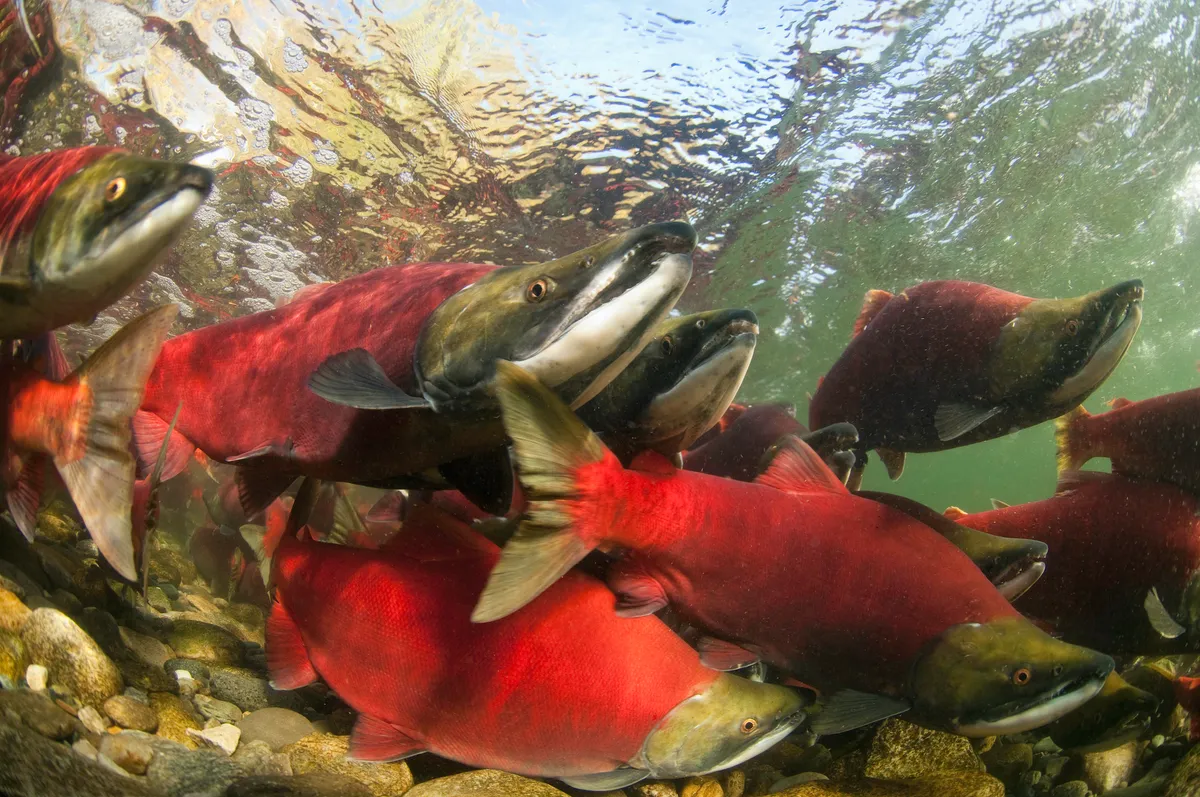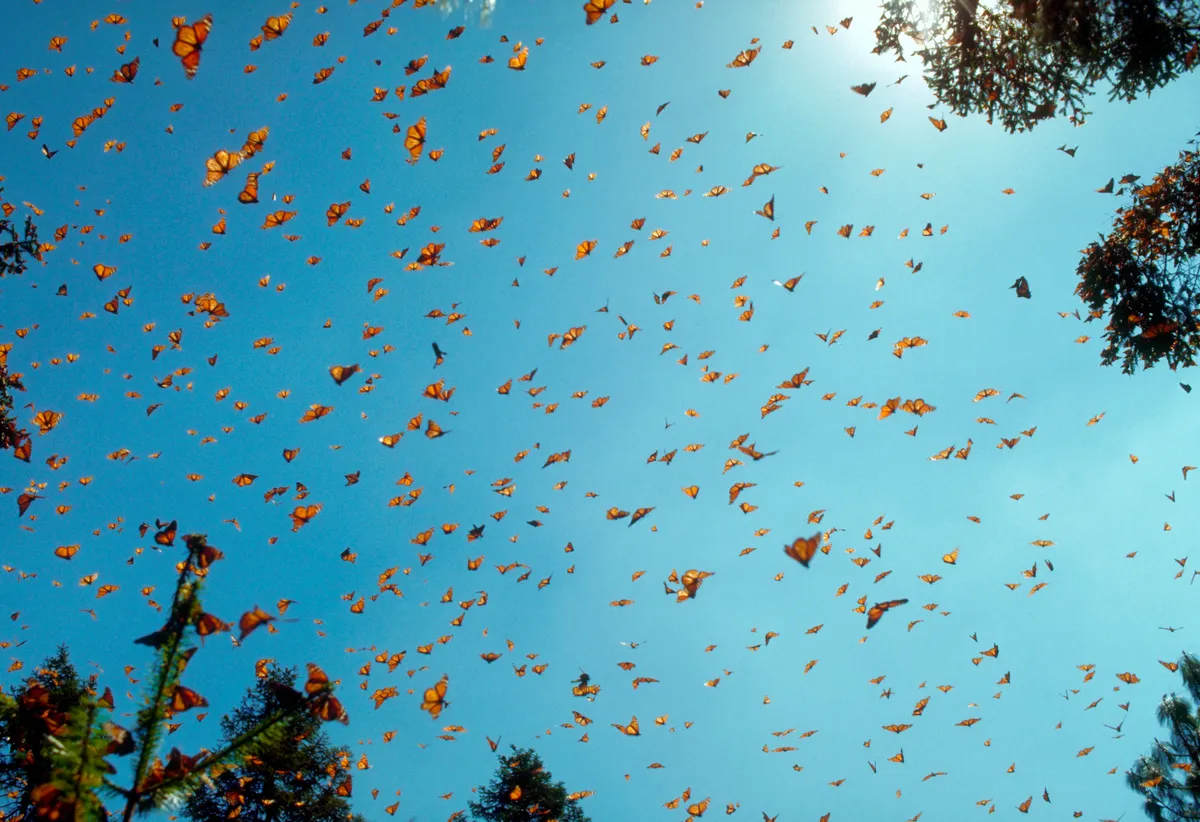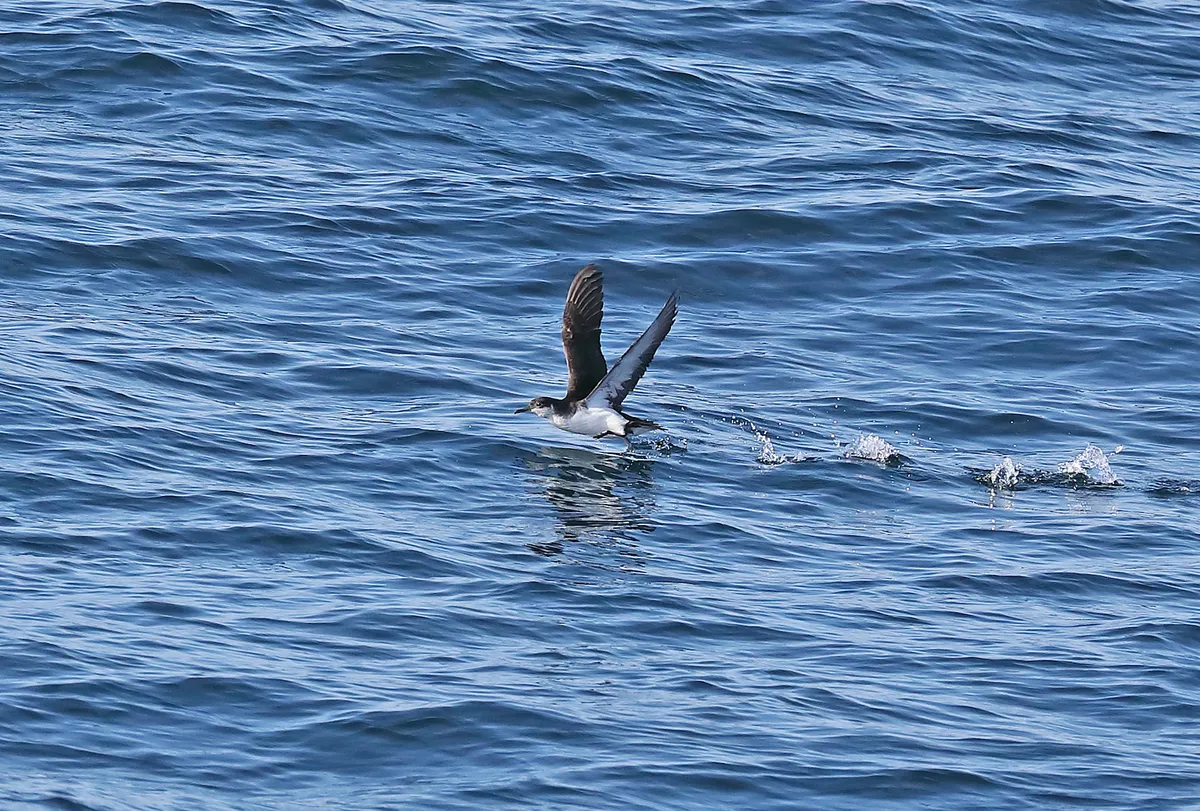Bats, salmon, homing pigeons, rodents and countless other species do it. All around the world, animals are finding their way home without using sat nav, maps or asking for directions.
The methods they use for location are complex and varied, with different species apparently using different techniques to find their way home. Evolutionary biologist Dr JV Chamary answers your questions on how animals navigate.
Can all animals navigate?
Not all animals are capable of ‘true navigation’, or moving towards a destination without using familiar landmarks. True navigators can travel far to forage for food or breed in favourable climates, correct for displacement when thrown off-course by air or water currents, then find their way back home through homing.

Which species can use homing?
The best-known example is the homing pigeon, a domesticated rock dove that humans have used for centuries as a reliable means of delivering messages. But equipping pigeons with GPS devices has shown that they’re actually no better at navigating than their wild relatives, just more motivated to get home ASAP.
Some species are able to home-in on a particular place with pinpoint precision. Sea turtles and salmon swim thousands of kilometres to return to the stream or beach where they were born, for instance, while the monarch butterfly migrates from North America to specific trees in Mexico (up to 3,000km) every autumn.

Do animals remember routes?
Memory plays a part for those that make several round trips over a lifetime. But that’s obviously impossible in short-lived species or solitary migrants making a first journey and who aren’t following an experienced guide. That means long-distance navigation must involve an innate ability to use environmental cues.
How does navigation work?
It starts with a two-step ‘map-and-compass’ process: an animal establishes its map position relative to its goal then heads in the required compass direction. Rodents and bats navigate using ‘place cells’ and ‘grid cells’ in the brain, so non-mammals may also draw mental maps of a route.
Long-distance navigation has three phases, each of which will focus on different cues from the environment. During the long-distance phase, animals use stable signals such as celestial cues from the sun or stars, or Earth’s magnetic field, and sometimes large visual landmarks such as a coastline or mountain range. Then, during the homing phase (narrowing-in), animals use sounds and smells associated with home. Finally, during a pinpointing-the-goal phase, they recognise familiar sights such as a specific tree or cave entrance.
How do animals sense cues?
For a sound or smell, they follow a sensory gradient so that an auditory or olfactory signal gets louder or stronger. For sight, light from a celestial cue is detected by the eye’s photoreceptors: animals that walk or fly typically use the sun as their primary compass, which is calibrated against their body clock (circadian rhythm) based on the season and time of day. Migratory songbirds also use a star compass, knowing that dots of light in the night sky rotate around a centre corresponding to north or south (depending on the hemisphere).

What is magnetoreception?
Some species can sense the Earth’s magnetic field and use it as a compass to determine their spacial orientation, using ‘magnetoreception’. This is essential for animals who can’t detect celestial cues, such as those that migrate in overcast weather or swim deep underwater.
The planet is basically a bar magnet with two poles, which produces the polarity that gives direction to a compass, while magnetic intensity varies across the globe and is usually less intense north to south, for instance. That geomagnetic field is always present and, unlike the sun or stars, it gives navigational cues for both the map and the compass.
How does magnetoreception work?
Scientists are starting to reveal just how animals use magnetoreception. One mechanism might involve crystals of magnetite (iron oxide) that serve as microscopic compass needles inside cells, swinging to align with fields as animals change direction. Another possibility is a chemical reaction (triggered by light) that generates free-radical molecules with electrons whose quantum spin makes them behave as subatomic magnets. Regardless of exactly how it works, magnetoreception seems to be a noisy sense and so animals probably combine it with signals from other navigational cues.
